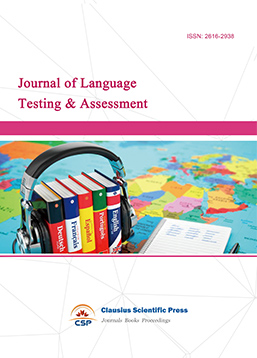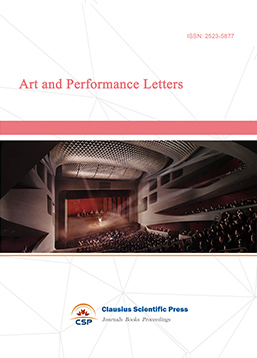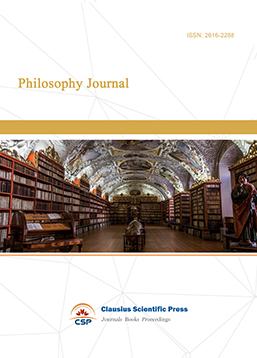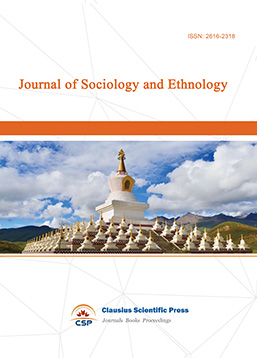Social Functions and Cultural Connotations of Chinese Winged Beast Images—A Case Study on the Traceability of Winged Beast Images in the Chunqiu Pavilion Relief of Guandi Temple in Zhoukou
DOI: 10.23977/history.2024.060114 | Downloads: 20 | Views: 777
Author(s)
Qiancheng Su 1, Qing Su 2
Affiliation(s)
1 History and Literature Department, Xi'an Academy of Fine Arts, Xiaozhai Road Street, Yanta District, Xi'an, Shaanxi, China
2 College of Foreign Studies, Nanjing Agricultural University, Xiaolingwei Street, Xuanwu District, Nanjing, Jiangsu, China
Corresponding Author
Qiancheng SuABSTRACT
This paper starts with the relief winged beast images in the Guandi Temple in Zhoukou, a Qing Dynasty architecture in China. Firstly, the content and characteristics of the images are analyzed, and it is speculated that this image may have two origins: one is the absorption and development of other regional cultures, and the other is the traditional Chinese mythical beasts images. Secondly, several possible references for the existence of this relief winged beast have been verified. Based on its design and the geographical considerations of the Zhoukou area, it is believed that the winged beast image of the Chunqiu Pavilion in the Guandi Temple in Zhoukou may have originated from the image of the local Chinese mythical creature "Longque". Finally, through the study of the development of Chinese religious culture, the author concludes that Chinese winged beast images may have inherited both foreign and local models. However, regardless of the type, the connotation of Chinese winged beast images has homogeneity and ambiguity. Most winged beast images that appear in China have the function of dispelling disasters, warding off evil, and praying for good fortune.
KEYWORDS
Winged beasts; traceability study; cultural connotationCITE THIS PAPER
Qiancheng Su, Qing Su, Social Functions and Cultural Connotations of Chinese Winged Beast Images—A Case Study on the Traceability of Winged Beast Images in the Chunqiu Pavilion Relief of Guandi Temple in Zhoukou. Lecture Notes on History (2024) Vol. 6: 99-102. DOI: http://dx.doi.org/10.23977/history.2024.060114.
REFERENCES
[1] YI Degang,QIAN Yi. Dissemination and communication of Griffin patterns in China[J]. Silk,2023,p.125.
[2] Sun Yi. An examination and analysis of avian and bird patterns in Tang and Song Dynasty embroideries and weaving [D]. Jiangnan University, 2022, p. 17 .
[3] Pan Pan. Study on the images of gods and beasts in the Han Dynasty [M]. Cultural Relics Press, 2019,p.121.
[4] Wang Yue. "The Three Religions Map" Fine Art Witness to Religious Integration[J]. China Religion,2018.
| Downloads: | 2078 |
|---|---|
| Visits: | 117564 |
Sponsors, Associates, and Links
-
Journal of Language Testing & Assessment

-
Information and Knowledge Management

-
Military and Armament Science

-
Media and Communication Research

-
Journal of Human Movement Science

-
Art and Performance Letters

-
Lecture Notes on Language and Literature

-
Philosophy Journal

-
Science of Law Journal

-
Journal of Political Science Research

-
Journal of Sociology and Ethnology

-
Advances in Broadcasting


 Download as PDF
Download as PDF